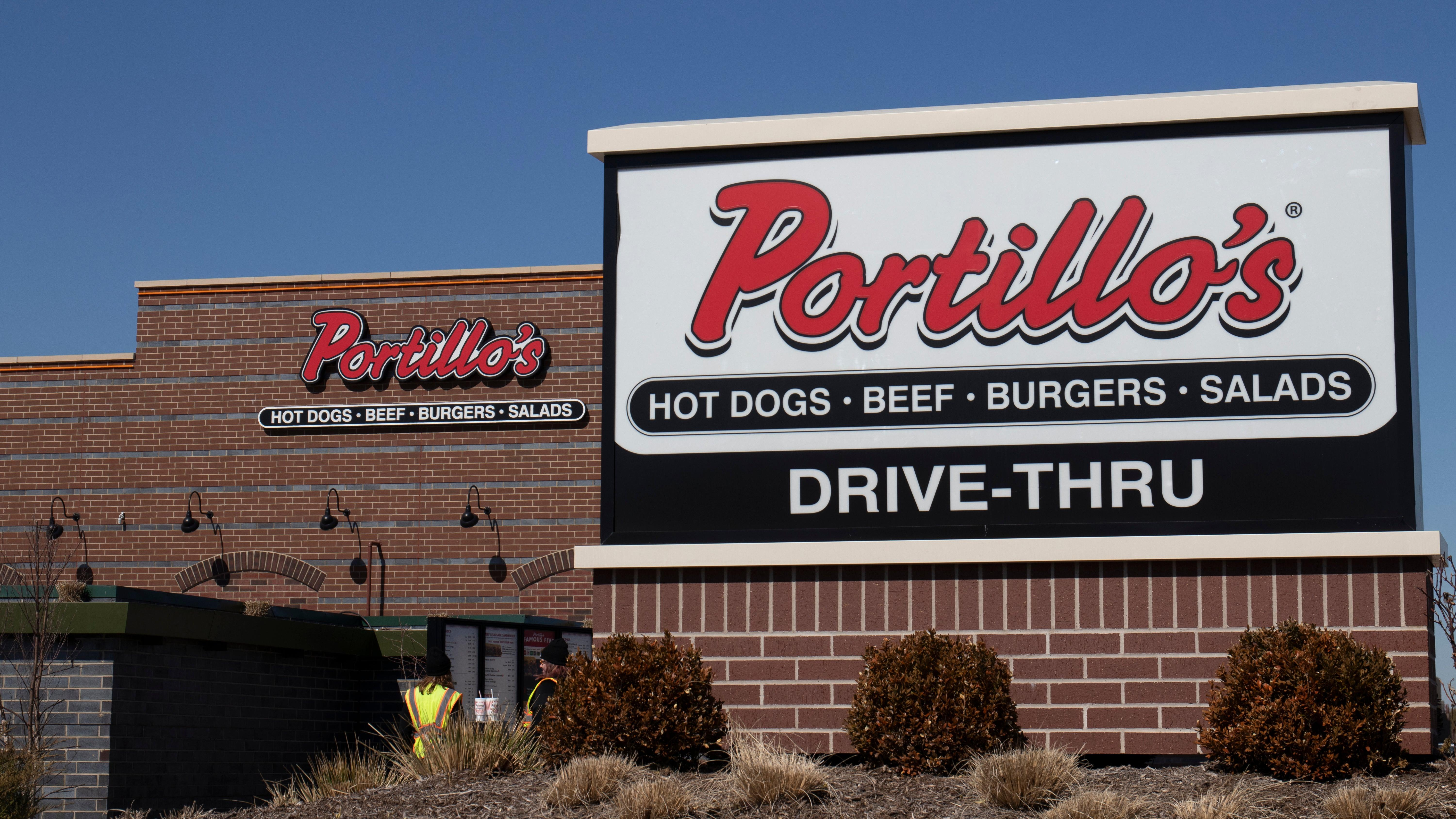How Fast Food Chains Decide Where To Open New Locations
When it comes to big business, location is everything.
When it comes to running any brick-and-mortar business, we all know its location is huge factor of success. It's one thing to simply pick an address on a busy street and pray for foot traffic, but large fast food corporations have to sift through an endless number of additional variables, from state regulations to the surrounding climate to nearby competition and the business mix of the neighborhood in question. Here's what goes into selecting the site for a new location of any fast food or fast casual restaurant.
Population growth is a key factor
QSR Magazine reports that Chicago-based Portillo's decides when and where to expand its business by keeping an eye on population trends. Its home state of Illinois (where The Takeout is located) is considered a negative population state, meaning that more people are leaving than coming in. In a negative population area, existing establishments have to not only maintain their steady flow of business, but also wrestle business way from rivals in order to keep operations afloat.
With less opportunity cropping up in Illinois, Portillo's has been setting its sights on places with more population growth. Its current expansion plans are focusing mainly on warmer states, including Arizona, Florida, and Texas, where more Americans are relocating.
Data drives everything
Speculating where business might get busy is just that—speculation. A misstep can potentially be costly, so data drives the decision-making. Fast food companies make use of geographic information systems (GIS), which compare stats on consumer demographics, car traffic, and the commercial properties present in a given area. These factors help fast food brands narrow down where to open new locations.
Fast Company explains that data-driven decisions can do more than just find a spot to build another McDonald's. Chains like Starbucks have gone so far as to track when a heat wave might land, using that meteorological information to time promotions of iced coffees and other cool drinks.
Drive-thru means big business
These days, fast food drive-thru business is bigger than it's ever been. The New York Times recently reported on the psychology of America's mounting drive-thru obsession, noting how the pandemic has altered the way people interact in person. As a result, more customers simply want to stay away from each other, and that means staying in the car. So of course, fast food restaurant designs now heavily focus on the drive-thru lane.
City planners aren't always such big fans of the idea. In Atlanta, where pedestrian fatalities have been a persistent concern, fast food locations might cause snarls, which can turn into hazards. For better or for worse, though, cars are more of a consideration than ever.
Seeing the words "coming soon" in front of a new restaurant building in your neighborhood might not seem out of the ordinary. But exactly where that new Chick-fil-A location landed probably involved way more moving parts than you knew.
